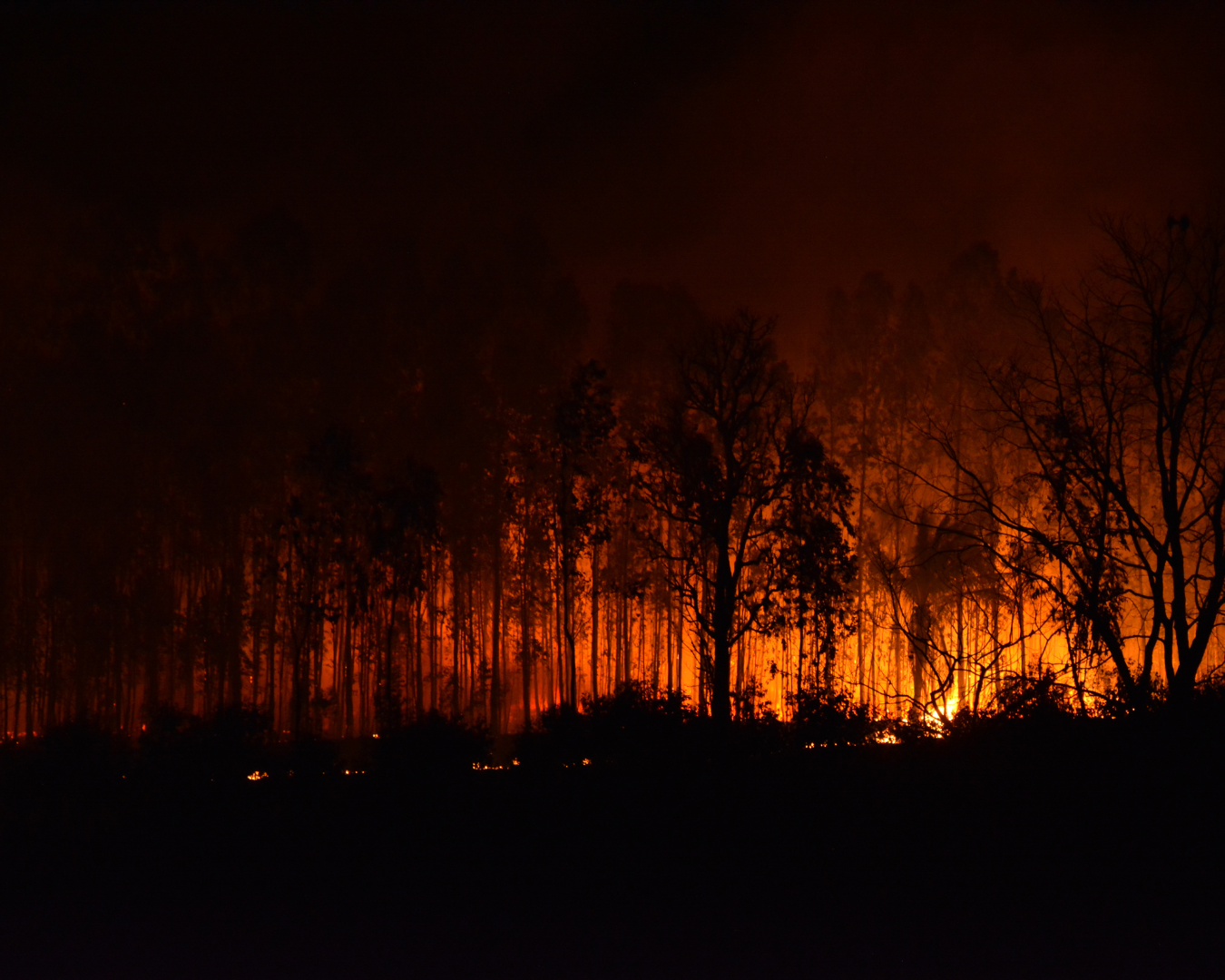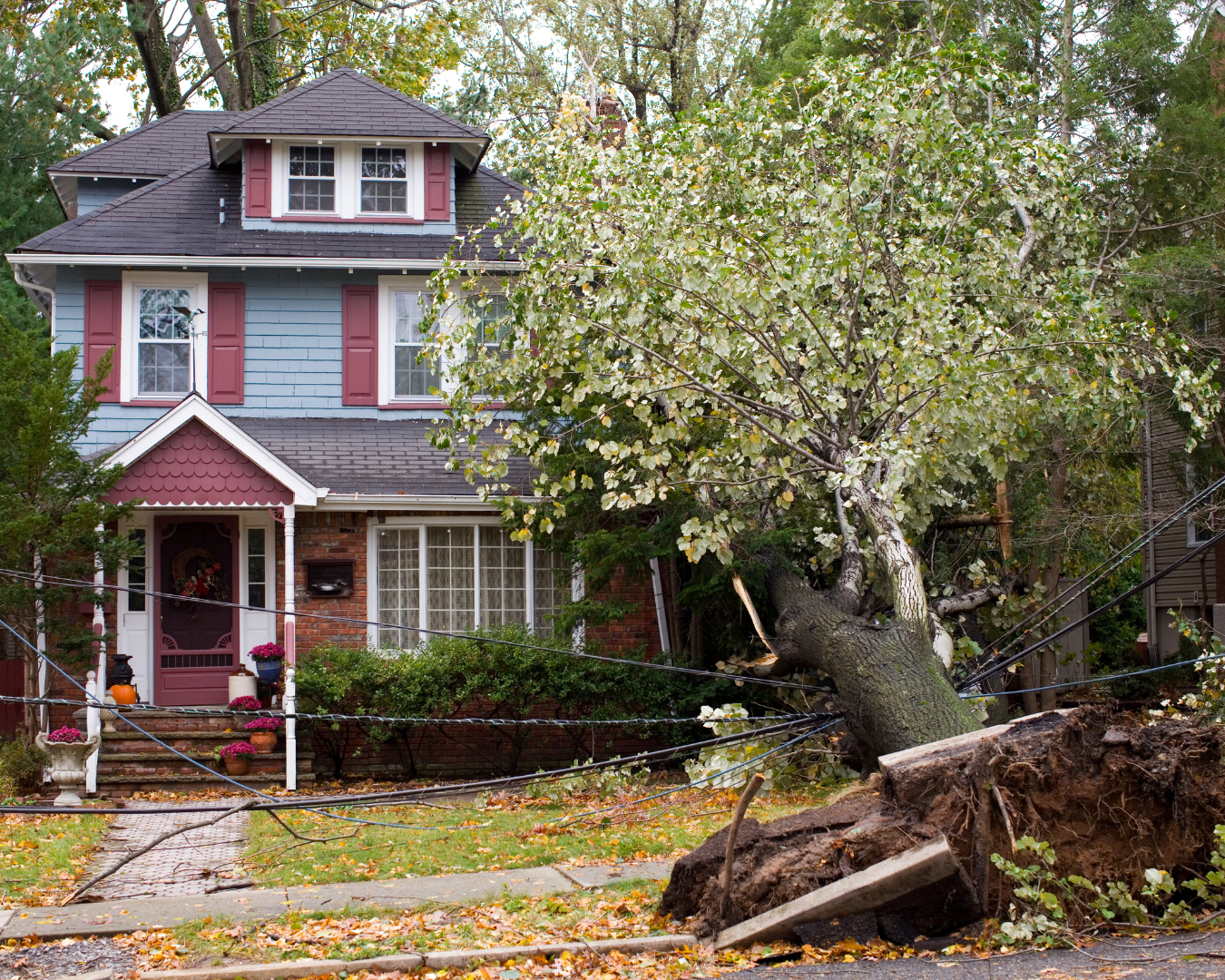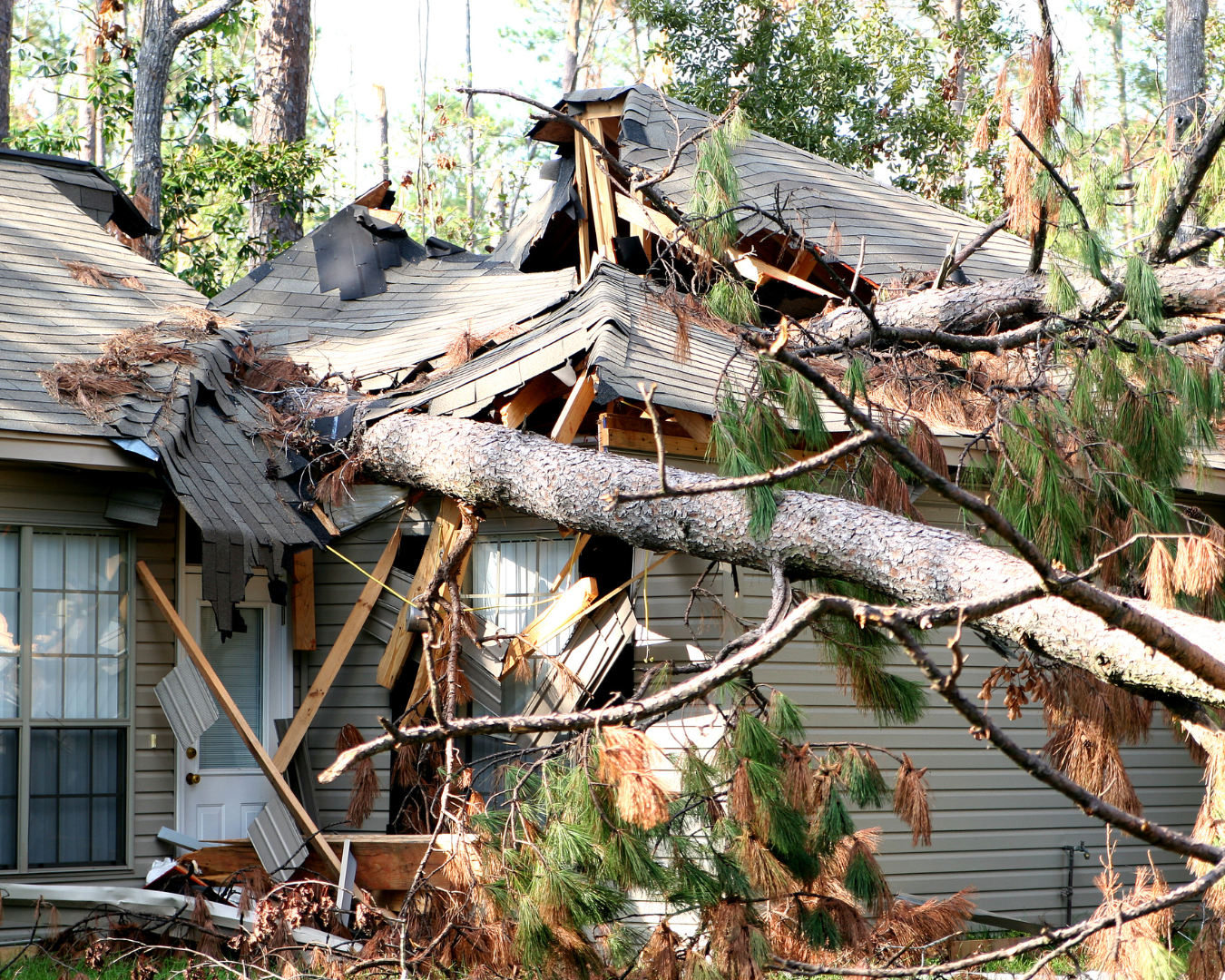Wildfires can cause devastating damage to homes and businesses, leaving communities with the difficult task of rebuilding. Recently, the Table Rock wildfire burned more than 13,845 acres across South Carolina and North Carolina, taking with it not only homes and properties but the sense of security that so many rely on. Our hearts are heavy with sympathy for those affected by this tragedy.
While Southern Shingles does not serve this particular area, we want to offer our support by providing essential information on filing a roof insurance claim after wildfire damage. We hope this guide helps homeowners navigate the often overwhelming process of rebuilding and recovering, and protects the homes they’ve worked so hard to build.
Assessing Roof Damage After a Wildfire
Wildfires can impact roofs in several ways, even if the structure itself wasn’t directly burned. Some common types of wildfire-related roof damage include:
- Flame and Heat Damage – Direct exposure to flames can destroy roofing materials, while extreme heat can weaken or warp them.
- Smoke and Soot Contamination – Even if your roof appears intact, smoke and soot can degrade materials over time.
- Falling Debris and Embers – Embers carried by the wind can ignite roofing materials or cause structural damage.
- Water Damage from Firefighting Efforts – Large amounts of water used to combat the fire can lead to leaks, mold growth, or compromised roofing components.
After a wildfire, it’s crucial to have a professional roofing inspection to assess the extent of the damage before filing an insurance claim.
Understanding Your Insurance Coverage
Most homeowner’s insurance policies cover wildfire damage, but the specifics of coverage can vary. Here are key points to review in your policy:
- Roof Repair vs. Replacement Coverage – Some policies may only cover repairs unless the damage is severe enough to warrant a full replacement.
- Deductibles and Exclusions – Check whether your policy has a separate wildfire deductible and any exclusions related to fire damage.
- Additional Living Expenses (ALE) Coverage – If your home is uninhabitable due to roof damage, your policy may cover temporary housing expenses.
Steps to Filing a Roof Insurance Claim After Wildfire Damage
- Document the Damage – Take clear photos and videos of your roof, including any visible damage, fallen debris, or interior leaks.
- Contact Your Insurance Provider – Report the damage as soon as possible to initiate the claims process.
- Schedule a Professional Roof Inspection – A roofing expert can provide a detailed assessment and report to support your claim.
- Meet with an Insurance Adjuster – Your insurer will send an adjuster to evaluate the damage. Having a roofing professional present during this inspection can ensure nothing is overlooked.
- Review Your Claim and Get Estimates – Once your claim is approved, work with a trusted roofing contractor to get repair or replacement estimates.
- Begin Repairs or Replacement – Choose a reputable roofing company experienced in wildfire damage restoration to restore your home’s safety and integrity.
Choosing the Right Roofing Material for Wildfire-Prone Areas
For homeowners in wildfire-prone regions, investing in fire-resistant roofing materials can provide added protection. Metal roofing, for example, is highly resistant to fire, making it a durable and safe choice for homes and businesses.
If you or someone you know has been affected by wildfire damage, we hope this guide helps make the insurance claim process smoother. Our thoughts are with all those working to rebuild their homes and communities after this devastating event.





